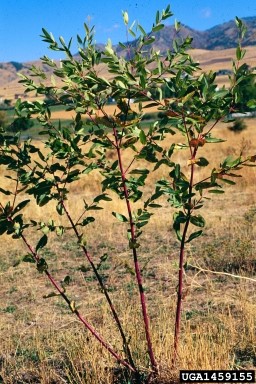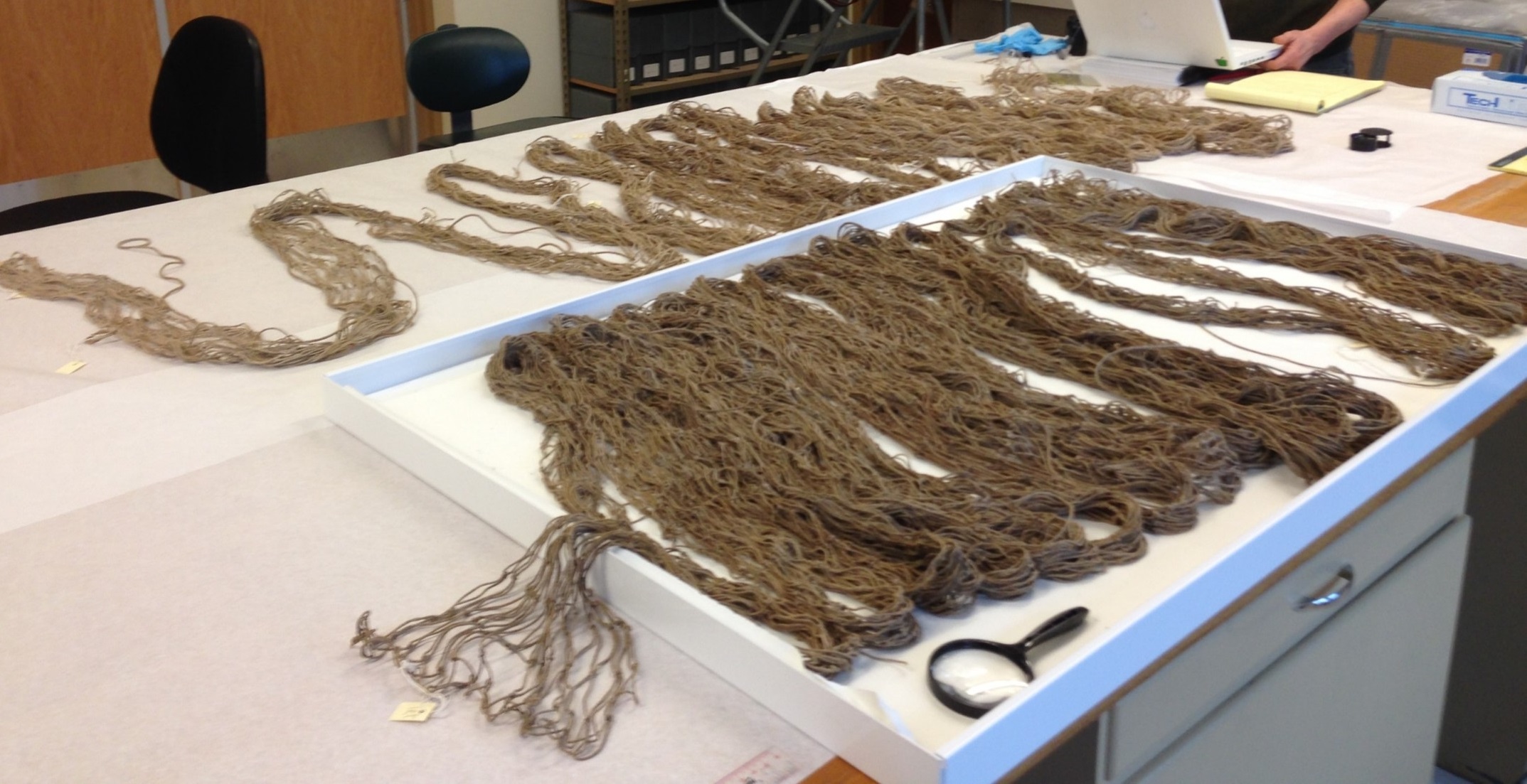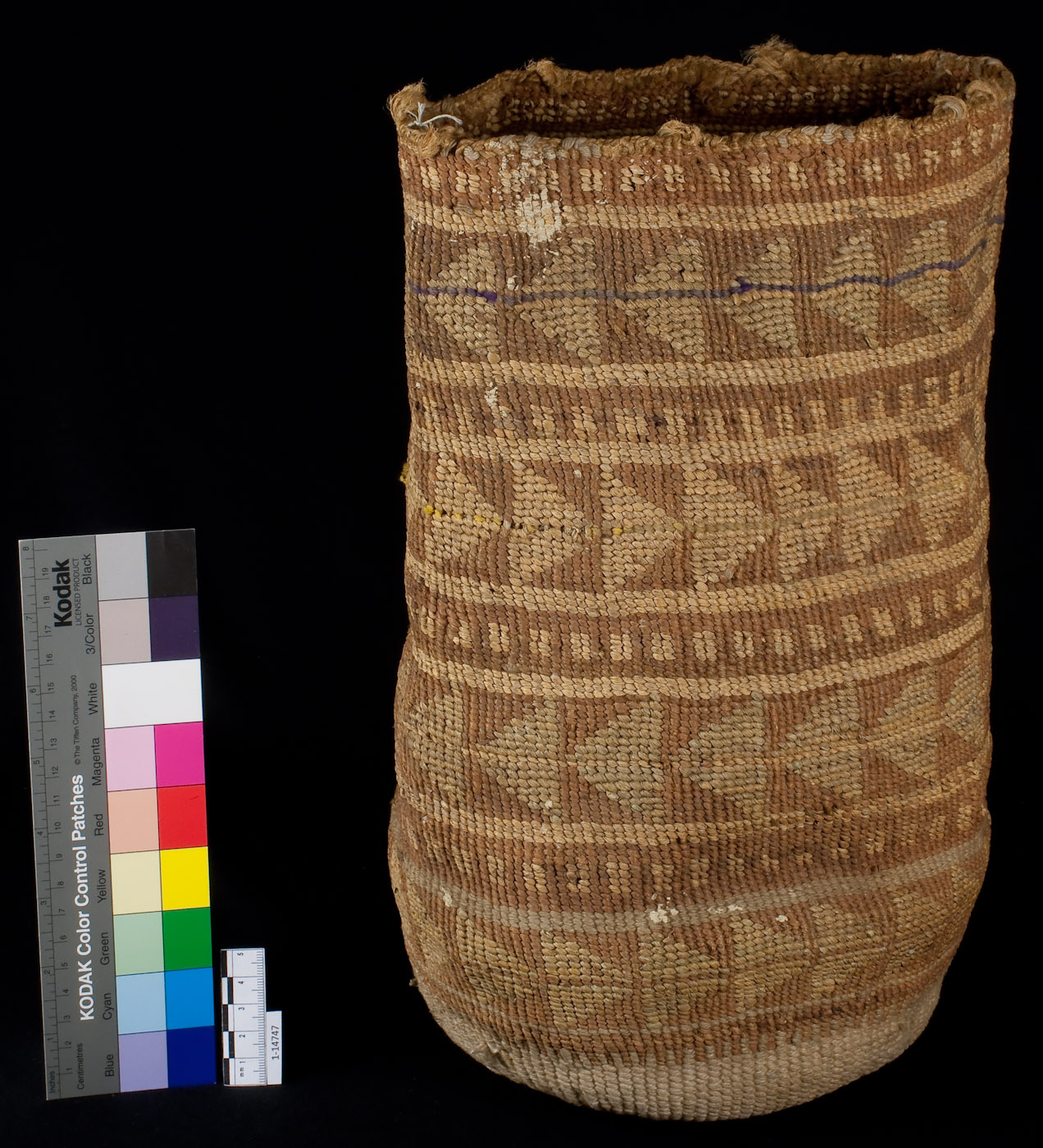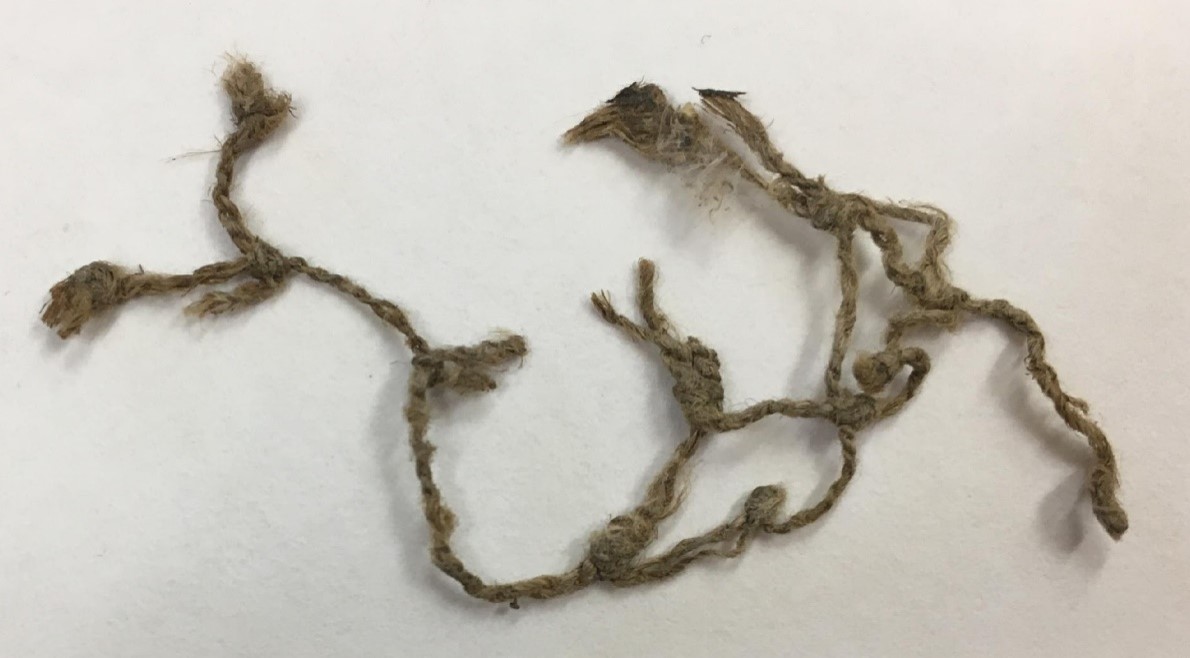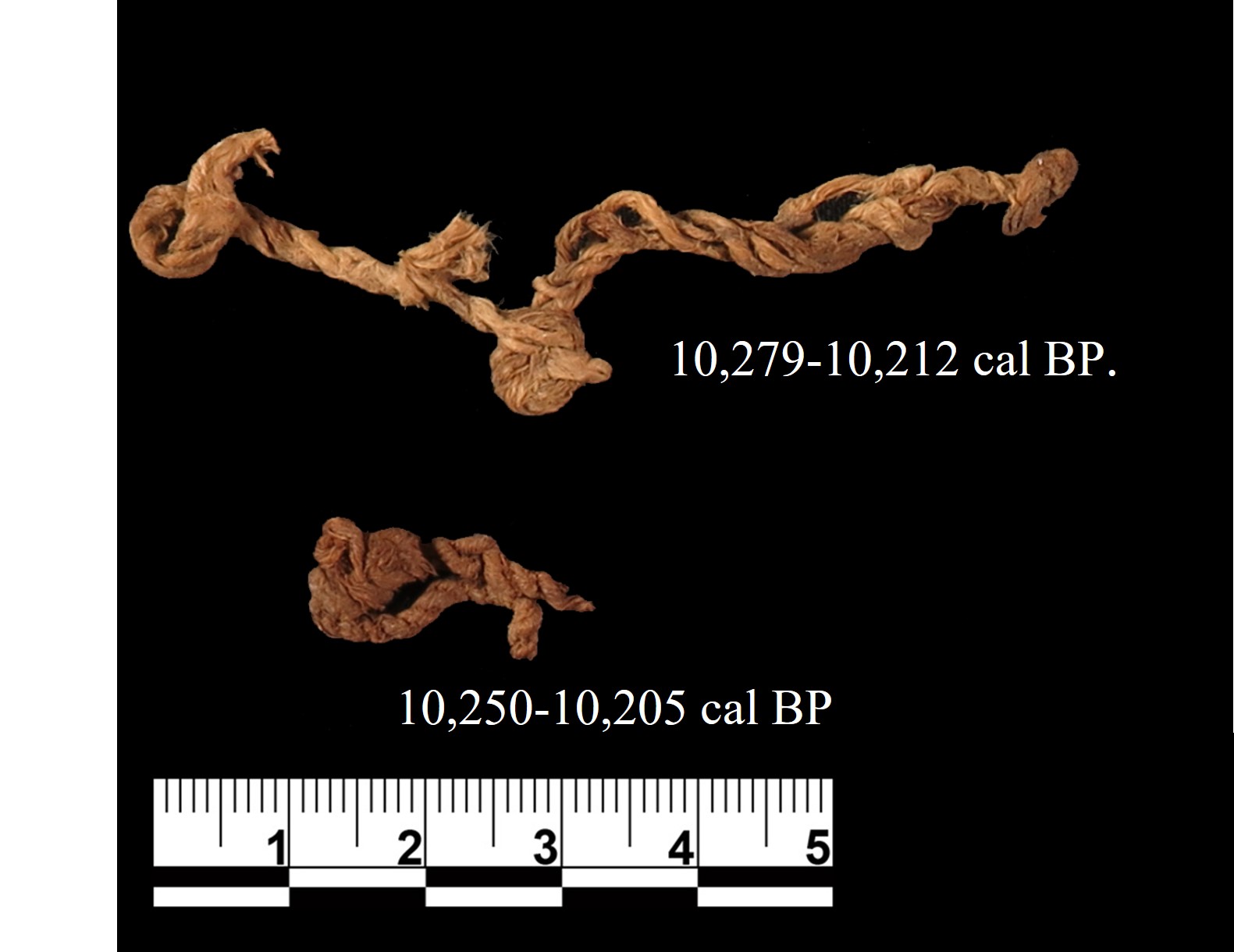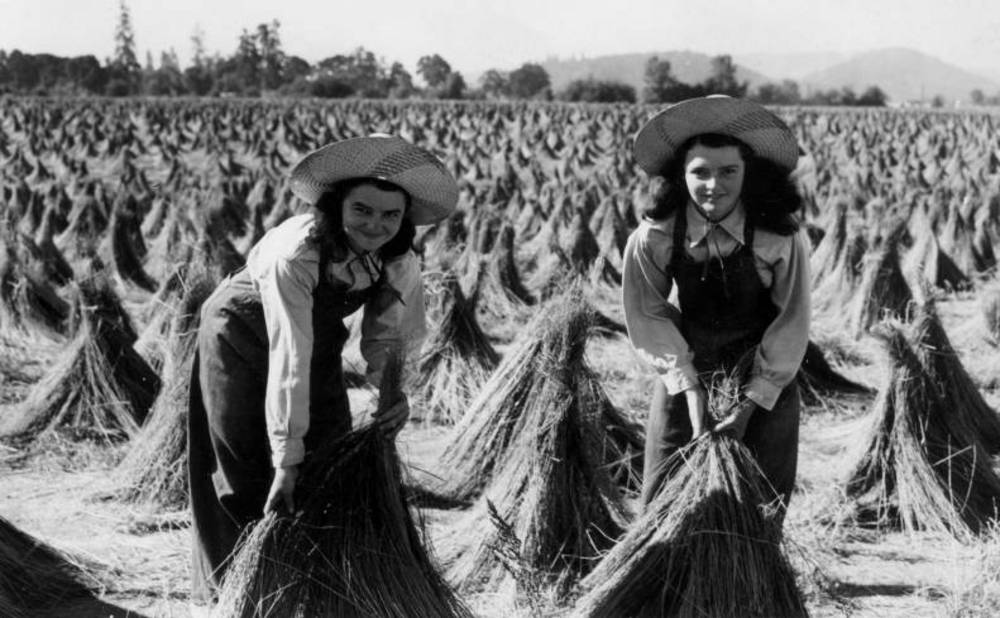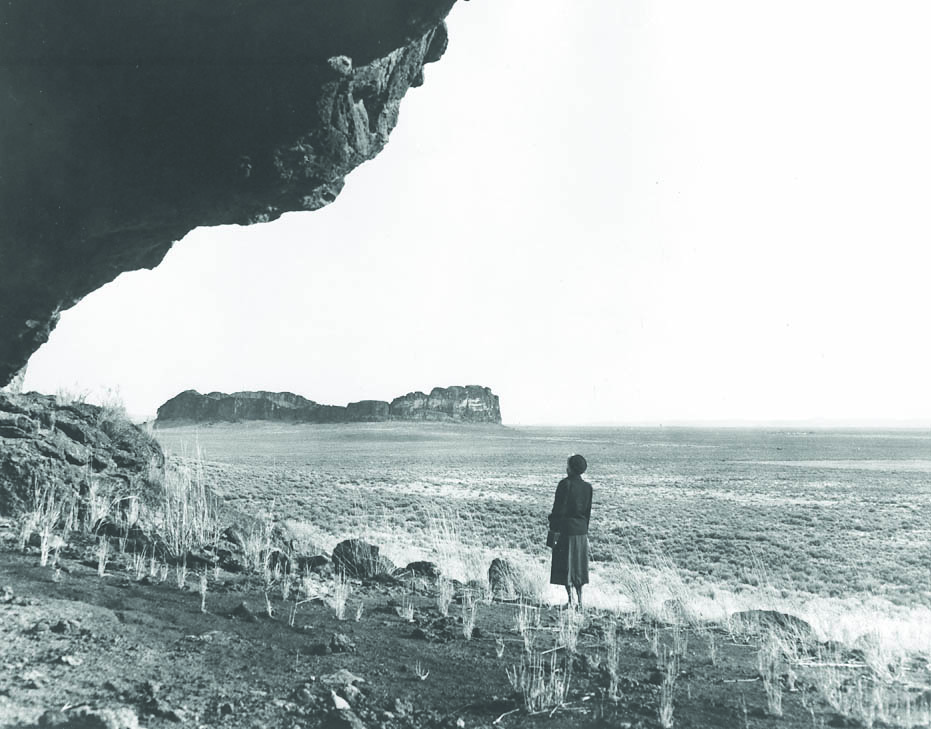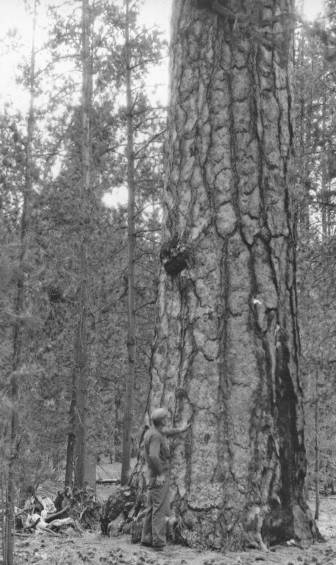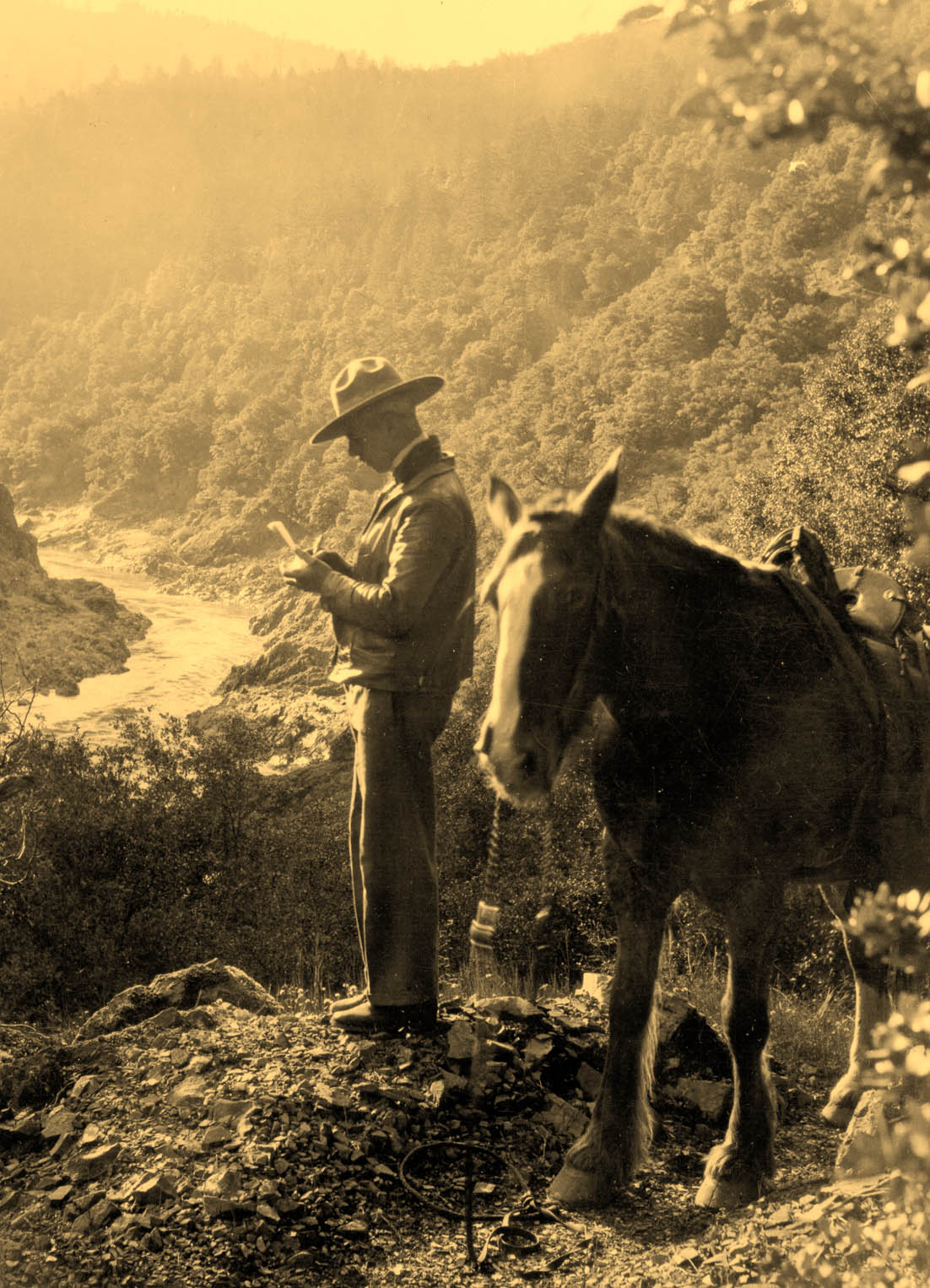Dogbane (Apocynum sp.) is a short herbaceous plant whose name refers to the plant’s toxicity to dogs. Other animals are also vulnerable to the plant and ranchers often remove it from grazing areas to protect cattle and sheep. Dogbane is sometimes referred to as hemp, but it differs from commercial or industrial hemp, Cannabis sativa, which was introduced in Oregon as a non-native plant. Dogbane has been used in Native textile arts in present-day Oregon for thousands of years.
Apocynum cannabinum, the most common species native to Oregon, has whorled, opposite, oblong leaves and a greenish-white bell-shaped flower with five petals and five sepals. It grows in many parts of the state, primarily along riparian corridors and in moist areas on the perimeter of wetlands, and can also be found in disturbed areas such as drainage ditches and recently logged areas. In the eastern foothills of the Siskiyou Mountains in southwest Oregon, spreading dogbane (Apocynum androsaemifolium) and low dogbane (Apocynum pumilim) are part of the understory for black oak (Quercus kelloggii). Low dogbane is one of many herbaceous understory plants in the Siskyous’ dryer Ponderosa pine forests.
Dogbane’s herbaceous stems have vascular fiber bundles that are much softer than cattail or shredded bark such as sagebrush or juniper, making them ideal for strong cord and loom-woven fabric. Fine cordage made from dogbane has been used as sewing thread, snares, fish and fowling nets, fishing line, rabbit-skin blankets, carrying bags, hairnets, bow strings, and as weft elements in which dogbane cord secures warp elements of sagebrush bark, tule, cattail, or willow.
Klamath, Modoc, and Northern Paiute people traditionally collect dogbane in late fall and early winter, after the long stems have turned brown. They split the stems to extract the soft fiber and soak the stalks in water to loosen the bark and to separate the inner from the outer fibers. Northern Paiute people scrape the bark away or crush the stems before peeling or scraping away the loose bark.
Archaeological evidence of dogbane as an important source for cordage and weft elements comes from dry cave sites in south-central Oregon. At Paisley Caves, several dogbane cordage fragments date between 10,000-11,000 years ago; some are as recent as 500 years ago. In particular, fine dogbane cordage artifacts from Paisley Caves, along the shoreline of Summer Lake Basin in south-central Oregon, date to 11,000 years ago. Dogbane cordage and netting fragments have also been found at Fort Rock Cave, Catlow Cave, Roaring Springs Cave, and Connley Caves. Many of the fragments have been radiocarbon dated, illustrating the importance of dogbane to people throughout the Holocene (10,000 years ago).
Historically, Klamath, Modoc, and Northern Paiute peoples used linear nets—as long as 300 to 400 feet—to catch rabbits, fish, and waterfowl. Klamath people made large triangular dip nets for fishing, which could have been used from a dugout canoe. At Chewaucan Cave in the Lake Abert–Chewaucan marsh basin, archaeologists found two linear nets, approximately 60 feet long, made of dogbane and stinging nettle. They are part of a cache of tools and basketry that dates to 430 to 320 years ago. The cache also included a large twined tule basket tray and bag, a basalt maul, snares, and a leather pouch repaired with bast fiber (likely dogbane).
Dogbane is particularly evident in nineteenth- and twentieth-century Native basketry from Oregon. The start and rim finish in Klamath women’s tule twined caps, for example, were often constructed with two-ply cord made of dogbane or stinging nettle. Because of its strong, soft, and pliable fiber, dogbane was used in soft twined bags made on the Columbia Plateau.
Cylindrical bags, also known as sally bags, were often used in berry picking by Wishxam and Wasco women. The twined bags were usually constructed of cattail leaf, willow bark, and cornhusk, but also juncus rush and tule. Dogbane was used at the base of the basket and was incorporated into the weft. Plateau peoples—Nez Perce, Umatilla, Cayuse, Wanapum, and Yakama—sometimes made flat twined bags, also known as cornhusk bags, with a dogbane start and wefts.
Beginning in the nineteenth century, many Native basket weavers incorporated commercial cotton string, jute, sisal twine, and wool into their weaving, often using dogbane and other native plants together with non-native fibers. During that time, Native weavers were often prohibited from gathering ancestral plants and made novel choices that resulted in technical and artistic achievements that continue today.
-
![]()
Dogbane (Apocynum cannabinum).
Courtesy Steve Dewey, Utah State University -
Women's twined hat, Klamath, dogbane start, tule, porcupine quils dyed yellow, 19th century.
Courtesy Museum of Natural and Cultural History, University of Oregon, No. 1-5604 -
![]()
Dogbane and stinging nettle long nets, Chewaucan Cave, southeast Oregon, 470-320 years old.
Courtesy Museum of Natural and Cultural History, University of Oregon, No. 1-31283a -
![]()
Cylindrical twined bag, Columbia Plateau, dogbane, cotton, raffia, willow bark, wool, 19th century.
Courtesy Museum of Natural and Cultural History, University of Oregon, No. 1-14747 -
![]()
Flat twined bag, Columbia Plateau, dogbane, jute, corn husk, wool, 19th century.
Courtesy Museum of Natural and Cultural History, University of Oregon, No. 1-12717 -
![]()
Dogbane net fragment, Paisley Caves, 2,345-2,180 years old.
Courtesy Museum of Natural and Cultural History, University of Oregon -
![]()
Dogbane possible looped net (top), Paisley Caves, 10,279-10,212 years old, and dogbane cordage (bottom), Paisley Caves, 10,250-10,205 years old.
Courtesy Museum of Natural and Cultural History, University of Oregon
Related Entries
-
![Flax and Linen Industry of Oregon]()
Flax and Linen Industry of Oregon
From the mid-1840s until the 1950s, fields of blue-flowering flax flour…
-
![Fort Rock Cave]()
Fort Rock Cave
Fort Rock Cave is located in a small volcanic butte approximately half …
-
![Paisley Caves]()
Paisley Caves
The Paisley Caves—more formally known as Paisley Five Mile Caves—in sou…
-
![Ponderosa pine]()
Ponderosa pine
Ponderosa pine (Pinus ponderosa)—also known as yellow, western yellow, …
-
![Siskiyou National Forest]()
Siskiyou National Forest
The Siskiyou Forest Reserve was created on March 2, 1907; within two da…
Related Historical Records
Map This on the Oregon History WayFinder
The Oregon History Wayfinder is an interactive map that identifies significant places, people, and events in Oregon history.
Further Reading
Anderson, M. K. Tending the Wild: Native American Knowledge and the Management of California's Natural Resources. Berkeley: University of California Press, 2005.
Barrett, S. A. "The Material Culture of the Klamath Lake and Modoc Indians of Northeastern California and Southern Oregon." University of California Publications in American Archaeology and Ethnology 5.4 (1910): 239-292.
Connolly, T. J., P. Barker, E. Kallenbach, and S. J. McCabe. "Netting in the Northern and Western Great Basin." Journal of California and Great Basin Anthropology 37.2 (2017):143-167.
Coville, F. Notes on the Plants Used by the Klamath Indians of Oregon. Washington, D.C.: GPO, 1897.
Fowler, C., and D. Lawrence. "Ethnographic Basketry." In Great Basin: Handbook of North American Indians, Vol. 11, edited by Warren L. d’Azevedo, 705-37. Washington, D.C.: Smithsonian Institution, 1986.
Fowler, D. D., and C. S. Fowler. 1970. Stephen Powers' The Life and Culture of the Washo and Paiutes. Ethnohistory 17: 117–149.
Franklin, J.F., and C.T. Dyrness. Natural Vegetation of Oregon and Washington. Corvallis: Oregon State University Press, 1988.
Gilky, H. M., and L. J. Dennis. Handbook of Northwestern Plants. Corvallis: Oregon State University Press, 2001.
Kallenbach, E. "The Chewaucan Cave Cache: A Specialized Tool Kit from Eastern Oregon." Journal of California and Great Basin Anthropology 33.1 (2013): 72-87.
Schlick, Mary Dodds. Columbia River Basketry: Gift of the Ancestors, Gift of the Earth. Seattle: University of Wash. Press, 1994.
Shanks, Ralph. Indian Baskets of Northern California and Oregon. Seattle: University of Wash. Press, 2015.
Wheat, M. Survival Arts of the Primitive Paiutes. Reno: University of Nevada Press, 1967.



